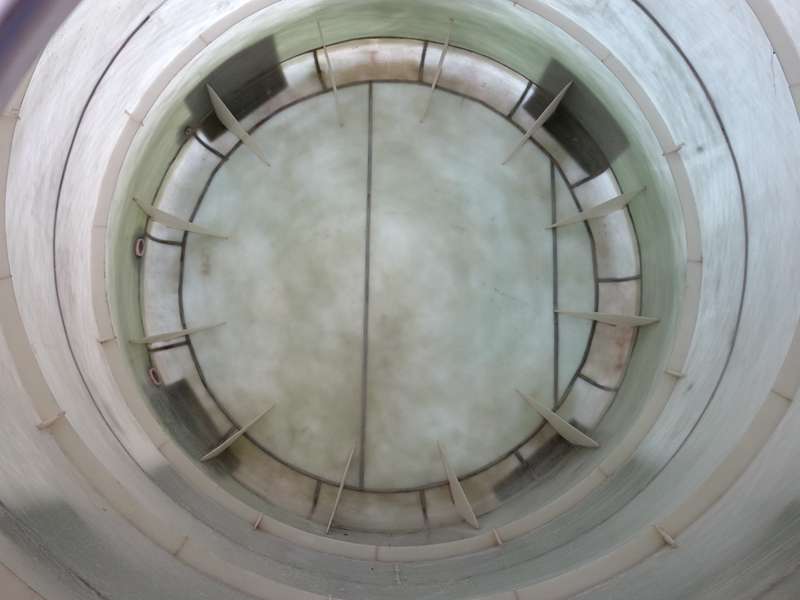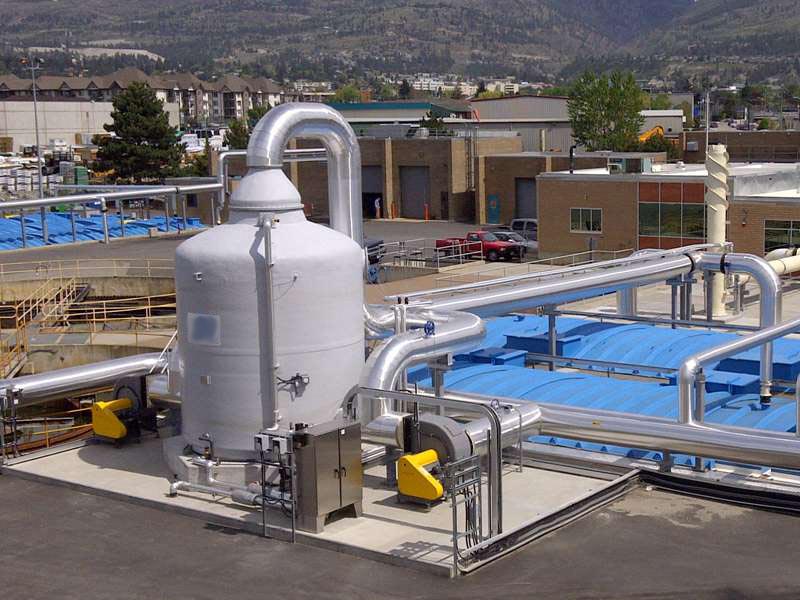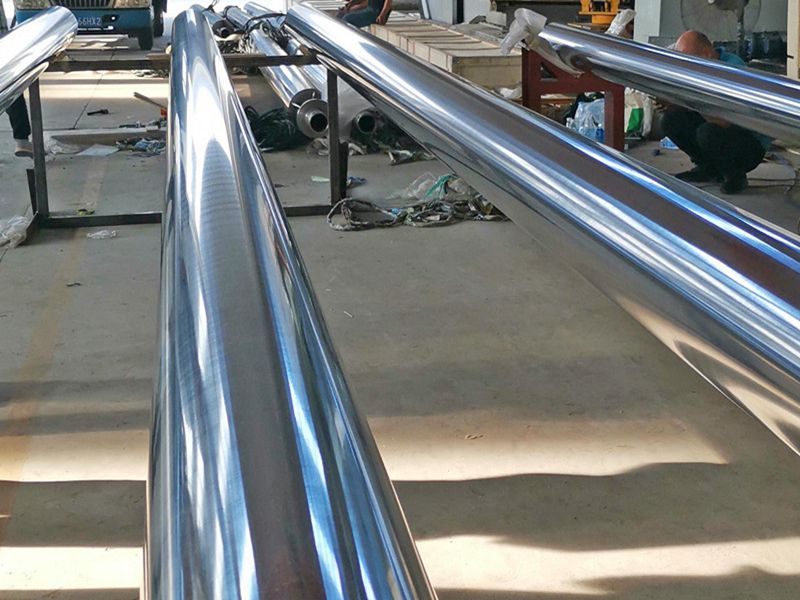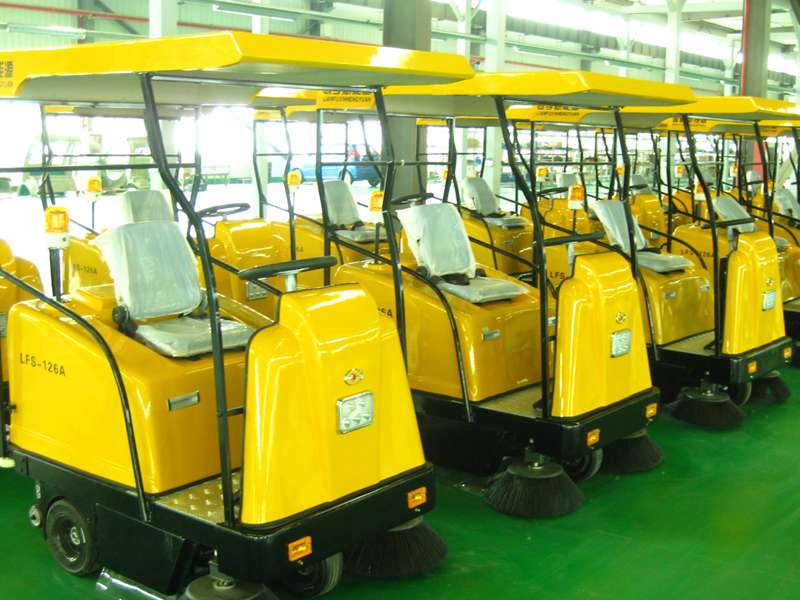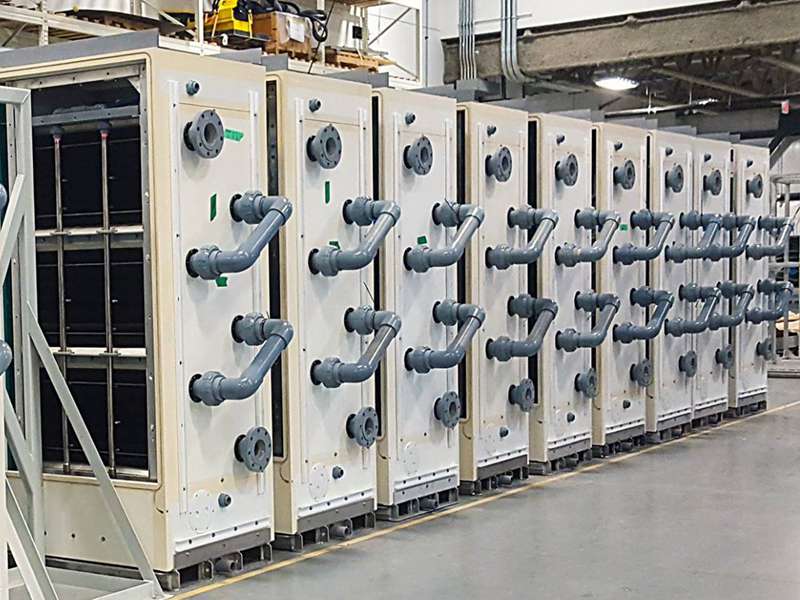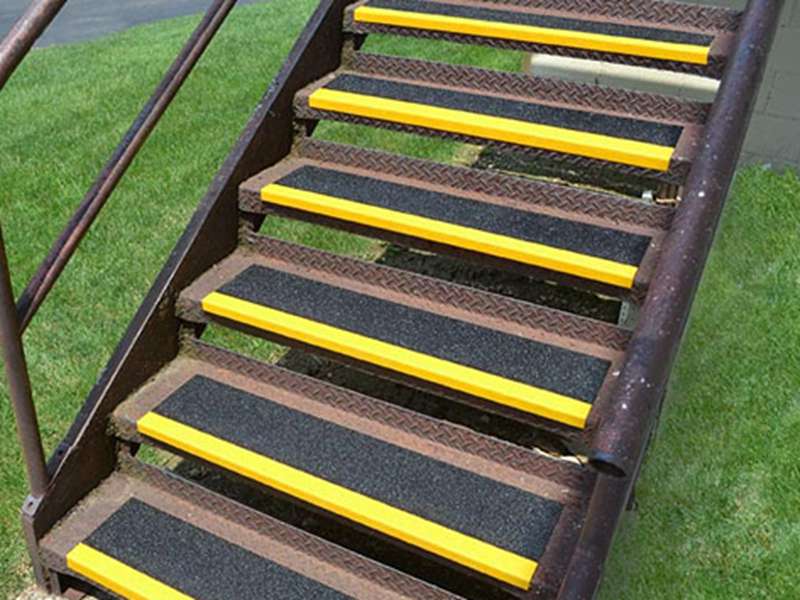
-
 Afrikaans
Afrikaans -
 Albanian
Albanian -
 Amharic
Amharic -
 Arabic
Arabic -
 Armenian
Armenian -
 Azerbaijani
Azerbaijani -
 Basque
Basque -
 Belarusian
Belarusian -
 Bengali
Bengali -
 Bosnian
Bosnian -
 Bulgarian
Bulgarian -
 Catalan
Catalan -
 Cebuano
Cebuano -
 China
China -
 China (Taiwan)
China (Taiwan) -
 Corsican
Corsican -
 Croatian
Croatian -
 Czech
Czech -
 Danish
Danish -
 Dutch
Dutch -
 English
English -
 Esperanto
Esperanto -
 Estonian
Estonian -
 Finnish
Finnish -
 French
French -
 Frisian
Frisian -
 Galician
Galician -
 Georgian
Georgian -
 German
German -
 Greek
Greek -
 Gujarati
Gujarati -
 Haitian Creole
Haitian Creole -
 hausa
hausa -
 hawaiian
hawaiian -
 Hebrew
Hebrew -
 Hindi
Hindi -
 Miao
Miao -
 Hungarian
Hungarian -
 Icelandic
Icelandic -
 igbo
igbo -
 Indonesian
Indonesian -
 irish
irish -
 Italian
Italian -
 Japanese
Japanese -
 Javanese
Javanese -
 Kannada
Kannada -
 kazakh
kazakh -
 Khmer
Khmer -
 Rwandese
Rwandese -
 Korean
Korean -
 Kurdish
Kurdish -
 Kyrgyz
Kyrgyz -
 Lao
Lao -
 Latin
Latin -
 Latvian
Latvian -
 Lithuanian
Lithuanian -
 Luxembourgish
Luxembourgish -
 Macedonian
Macedonian -
 Malgashi
Malgashi -
 Malay
Malay -
 Malayalam
Malayalam -
 Maltese
Maltese -
 Maori
Maori -
 Marathi
Marathi -
 Mongolian
Mongolian -
 Myanmar
Myanmar -
 Nepali
Nepali -
 Norwegian
Norwegian -
 Norwegian
Norwegian -
 Occitan
Occitan -
 Pashto
Pashto -
 Persian
Persian -
 Polish
Polish -
 Portuguese
Portuguese -
 Punjabi
Punjabi -
 Romanian
Romanian -
 Russian
Russian -
 Samoan
Samoan -
 Scottish Gaelic
Scottish Gaelic -
 Serbian
Serbian -
 Sesotho
Sesotho -
 Shona
Shona -
 Sindhi
Sindhi -
 Sinhala
Sinhala -
 Slovak
Slovak -
 Slovenian
Slovenian -
 Somali
Somali -
 Spanish
Spanish -
 Sundanese
Sundanese -
 Swahili
Swahili -
 Swedish
Swedish -
 Tagalog
Tagalog -
 Tajik
Tajik -
 Tamil
Tamil -
 Tatar
Tatar -
 Telugu
Telugu -
 Thai
Thai -
 Turkish
Turkish -
 Turkmen
Turkmen -
 Ukrainian
Ukrainian -
 Urdu
Urdu -
 Uighur
Uighur -
 Uzbek
Uzbek -
 Vietnamese
Vietnamese -
 Welsh
Welsh -
 Bantu
Bantu -
 Yiddish
Yiddish -
 Yoruba
Yoruba -
 Zulu
Zulu
High-Quality Fiberglass Hood & FRP Hood Manufacturer Custom Fiberglass Tanks Available
- Introduction to Fiberglass Hood: Definition and Material Advantages
- Material Science: The Strength and Lightweight Appeal of FRP Hoods
- Technical Superiority: Manufacturing, Durability, and Performance Metrics
- Manufacturer Comparison: Data-Driven Assessment of Leading Brands
- Customization Options: Engineering Custom Fiberglass Tanks and Hoods
- Real-World Applications: Case Studies across Industries
- Conclusion: Why the Fiberglass Hood Stands Out in Today’s Market
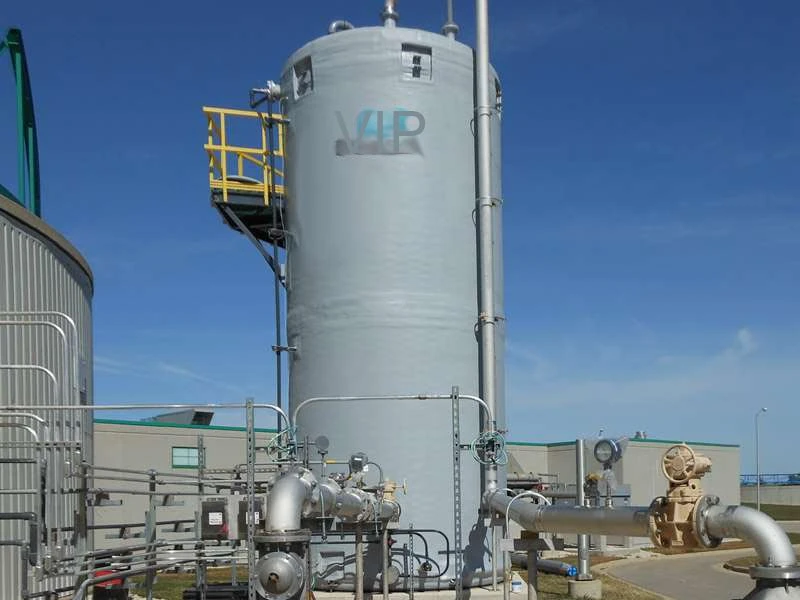
(fiberglass hood)
Introduction to Fiberglass Hood: The Modern Engineering Approach
In the evolution of advanced vehicle and industrial components, the fiberglass hood
has emerged as a staple for performance, efficiency, and design innovation. Composed primarily of reinforced glass fibers embedded in resin, fiberglass hoods offer distinct advantages in terms of weight reduction, corrosion resistance, and customizable properties. Their market share in the automotive OEM and aftermarket segments has surged, with global demand for fiberglass and FRP hoods expected to reach over 4.2 million units by 2027 (source: industry forecast). This surge is driven largely by the pressure to deliver lighter, more fuel-efficient vehicles and equipment while maintaining robust safety standards and versatility in application.
Material Science and Engineering
The backbone of the fiberglass hood is its FRP (fiber-reinforced polymer) construction. Compared to traditional steel or even aluminum counterparts, FRP hoods weigh up to 70% less, offering quantifiable improvements in vehicle performance, handling, and efficiency. The glass fibers provide tensile strengths as high as 3,500 MPa, while the polymer matrix creates a seamless, flexible form that absorbs impacts better than metals. Chemical resistance is another critical factor: fiberglass exhibits a corrosion rate near zero when exposed to acids, salts, and automotive fluids, making it an ideal choice for both hoods and custom fiberglass tanks in harsh environments. The thermal expansion coefficients are also significantly lower, ensuring dimensional stability even under temperature extremes.
Technical Advantages: Testing the Boundaries
Rigorous third-party testing highlights the unparalleled durability and adaptability of fiberglass and FRP hoods. Drop tests indicate that fiberglass hoods maintain structural integrity up to 45% better than typical aluminum hoods in simulated crash scenarios. In wind tunnel assessments, well-designed fiberglass hoods exhibit airflow improvements of up to 18% due to advanced aerodynamic shapes enabled by flexible molding processes. VOC (volatile organic compound) emissions during production are reduced by 34% compared to some composite hoods, underscoring their environmentally friendly appeal. The acoustic dampening qualities of FRP also contribute to reduced engine and road noise, enhancing occupant comfort.
Manufacturer Comparison: Performance and Pricing Table
Selecting a supplier for fiberglass or FRP hoods is an analytical process, requiring careful assessment of metrics such as price, tensile strength, warranty, lead time, and customization capabilities. The following table breaks down three leading manufacturers by key performance indicators:
| Manufacturer | Avg. Price (USD/unit) | Tensile Strength (MPa) | Warranty (Years) | Standard Lead Time (days) | Customization Available |
|---|---|---|---|---|---|
| EcoMold Fiberglass | 420 | 3,200 | 3 | 21 | Yes |
| ProForm FRP | 380 | 3,500 | 5 | 17 | Yes |
| Dynanox Composites | 510 | 3,700 | 4 | 24 | Yes |
These data points reflect real-world procurement scenarios, reflecting not only material strength but also consistent delivery and after-sales support. The ProForm FRP stands out in terms of price-to-performance, especially for enterprise clients aiming for quick deployment.
Custom Fiberglass Solutions: Engineering for Unique Needs
The contemporary market demands a flexible approach to product design, especially for sectors requiring custom fiberglass tanks and hoods. Manufacturers accommodate requests for non-standard shapes, feature integrations (such as functional vents, mounting brackets, or sensor windows), and application-specific chemical or UV resistance. Design consultation processes typically involve 3D CAD modeling, in-mold labeling for branding, and iterative prototyping—reducing error rates by up to 28%. For instance, custom fiberglass tanks created for the chemical processing industry have been shown to last 2.5 times longer than traditional steel tanks under corrosive load, while customer-specific composites in motorsports reduce lap times through precise aerodynamic tailoring.
Application Insights: Real-World Use Cases
Across industries, the adoption of fiberglass and FRP components is propelled by tangible results. In the automotive sector, race teams using lightweight fiberglass hoods have reported a reduction in total vehicle mass of 16 to 22 kg, directly translating into performance gains and fuel savings. In agriculture, custom fiberglass tanks have essentially eliminated corrosion-related repairs for over a decade. Marine manufacturers have embraced fiberglass for both hoods and housings, citing a 46% drop in maintenance costs and a 38% increase in part lifespan. User testimonials highlight not just the structural integrity but also the aesthetic possibilities allowed by engineered composites—enabling seamless integration into a wide array of design languages.
Conclusion: The Fiberglass Hood’s Edge in a Competitive Landscape
As industries evolve to prioritize agility, sustainability, and operational efficiency, the fiberglass hood continues to outperform alternatives, bolstered by advancements in FRP material science and tailored production workflows. Elevated tensile strengths, exceptional corrosion resistance, and unmatched customization prospects empower manufacturers, fleet operators, and end users to realize long-term value. Competitive benchmarking demonstrates that, when evaluating cost, performance, and lifecycle benefits, the fiberglass hood stands out as the go-to solution for both performance upgrades and demanding new builds. Whether used in vehicles, equipment, or custom fiberglass tanks, these engineered composites are setting new benchmarks across global markets.
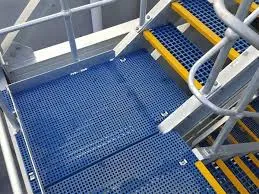
(fiberglass hood)
FAQS on fiberglass hood
Q: What is a fiberglass hood?
A: A fiberglass hood is a vehicle engine cover made from lightweight, strong fiberglass material. It's often used for weight reduction and performance enhancement. Fiberglass hoods can also be customized for unique vehicle looks.Q: How does an FRP hood differ from a standard hood?
A: An FRP hood is made from Fiber Reinforced Plastic, offering more durability and lighter weight than traditional metal hoods. FRP stands for fiberglass-reinforced plastic. This makes the hood resistant to rust and easier to modify.Q: Can I use custom fiberglass tanks for automotive projects?
A: Yes, custom fiberglass tanks are highly suitable for automotive applications, such as fuel or coolant storage. They are corrosion-resistant and can be shaped for specific needs. Their lightweight qualities make them ideal for custom builds.Q: Are fiberglass hoods easy to install?
A: Most fiberglass hoods are designed to fit specific vehicle models, making installation straightforward. However, some modifications may be needed for perfect alignment. Professional installation is recommended for best results.Q: What are the advantages of choosing a fiberglass or FRP hood?
A: Fiberglass and FRP hoods are lighter than metal, improving vehicle performance and fuel efficiency. They also allow for more design customization. Additionally, they do not rust like standard steel hoods.Latest news
-
High-Quality Fiberglass Hood & FRP Hood Manufacturer Custom Fiberglass Tanks AvailableNewsJul.05,2025
-
High-Strength Molded Fiberglass Grating Durable Molded Grating SolutionsNewsJul.05,2025
-
High-Quality FRP Tee Manufacturer Durable FRP Drum & Panel SolutionsNewsJul.05,2025
-
High-Performance FRP Scrubber – Advanced Fiberglass Scrubber for Effective Cleaning & Stain RemovalNewsJul.04,2025
-
Fiberglass 90 Degree Elbow for Custom Tanks & High Pressure Pipes Durable and Corrosion ResistantNewsJun.24,2025
-
Exploring the Benefits of Top Hammer Drifter Rods for Enhanced Drilling PerformanceNewsJun.10,2025


